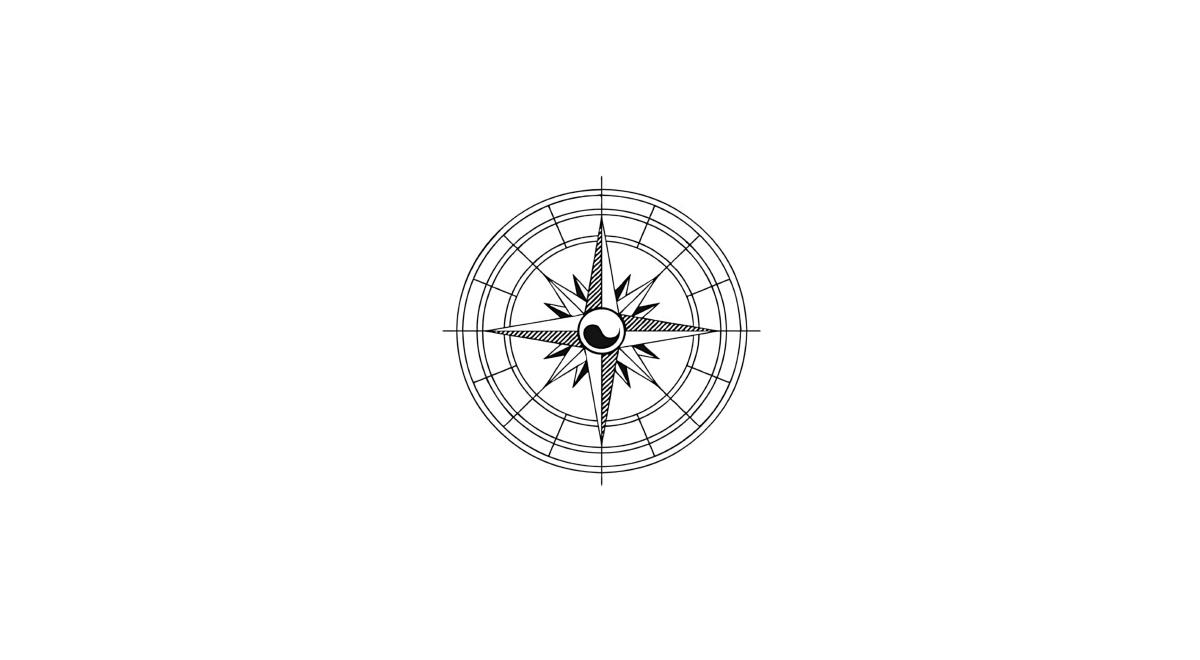The Art of Stippling#
Stippling, a timeless artistic technique, traces its origins back through the annals of art history, where it emerged as a method of creating texture, depth, and form through the precise placement of dots. Dating back to ancient times, stippling found its earliest expressions in the intricate engravings of coins and the meticulous illustrations adorning manuscripts.
From Pen to Pixel: Evolution of Stippling#
Throughout the centuries, stippling evolved alongside advancements in artistic tools and techniques. Renaissance masters such as Albrecht Dürer and Leonardo da Vinci wielded the quill with virtuosic precision, employing stippling to imbue their works with a sense of realism and dimensionality. As the art world transitioned into the modern era, artists like Georges Seurat pioneered the technique of pointillism, using small, distinct dots of color to create vibrant, luminous compositions.
The Digital Renaissance: Stippling in the 21st Century#
In the digital age, stippling underwent a renaissance of its own, propelled by the advent of computational algorithms and computer graphics. Artists and technologists embraced stippling as a means of blending traditional craftsmanship with cutting-edge technology, ushering in a new era of creative possibility.
Weighted Voronoi Stippling: A Modern Marvel#
At the forefront of this digital renaissance stands Weighted Voronoi Stippling, a groundbreaking technique that harnesses the power of computational algorithms to automate and enhance the stippling process. By incorporating weighted Voronoi diagrams, this method empowers artists to exert precise control over the distribution and density of stippled marks, breathing new life into the age-old practice of stippling.
Honoring Tradition, Embracing Innovation#
As we reflect on the rich history of stippling, we recognize its enduring appeal as a testament to the ingenuity and creativity of artists across the ages. From the humble beginnings of ink and parchment to the boundless realms of pixels and algorithms, stippling continues to captivate and inspire, bridging the gap between tradition and innovation in the ever-evolving tapestry of artistic expression.
Creating Stippled Images with Weighted Voronoi Stippling: A Step-by-Step Guide#
Weighted Voronoi Stippling is a powerful technique used in computer graphics and computational art to create stippled images that capture the essence of an input image. In this guide, we’ll walk through the implementation of this technique, providing step-by-step instructions along with pseudo-code to help you get started on your own projects.
Step 1: Understand the Concept#
Before diving into the implementation, it’s essential to understand the concept behind Weighted Voronoi Stippling. At its core, this technique involves distributing a set of points (stipples) across a canvas in a way that approximates an input image. The distribution is based on Voronoi diagrams, with the addition of weights to control the density of stipples in different regions of the image.
Step 2: Gather Your Tools#
To implement Weighted Voronoi Stippling, you’ll need basic knowledge of programming and computer graphics. You can use any programming language of your choice, but for the sake of this guide, we’ll provide pseudo-code examples that are easy to understand and can be translated into any language.
Step 3: Generate Initial Stipples#
The first step in the implementation process is to generate an initial set of stipples. These stipples will serve as the starting point for the iterative algorithm used to refine their positions.
function generateStipples(numStipples):
stipples = []
for i from 1 to numStipples:
x = randomXCoordinate()
y = randomYCoordinate()
weight = calculateWeight(x, y) // Optional: Calculate weight based on input image
stipples.append((x, y, weight))
return stipples
Step 4: Refine Stipple Positions#
Next, we’ll iteratively refine the positions of the stipples based on their weighted contributions to the input image.
function refineStipples(stipples, numIterations):
for i from 1 to numIterations:
for each stipple in stipples:
x, y = stipple.position
xNew, yNew = findNewPosition(x, y) // Use Lloyd's relaxation or other techniques
stipple.position = (xNew, yNew)
return stipples
Step 5: Render the Stippled Image#
Once the stipple positions have been refined, it’s time to render the final stippled image. This can be done by rendering the Voronoi diagram formed by the stipples and applying shading based on the weights of the stipples.
function renderStippledImage(stipples, canvas):
for each pixel in canvas:
nearestStipple = findNearestStipple(pixel.position, stipples)
pixel.color = nearestStipple.color // Optional: Use weighted shading for smoother results
return canvas
Step 6: Experiment and Fine-Tune#
Weighted Voronoi Stippling offers a wide range of creative possibilities, so don’t hesitate to experiment with different parameters and techniques to achieve the desired effect. Fine-tune the number of stipples, the weighting function, and the rendering process to achieve the best results for your specific application.
Conclusion#
By following this step-by-step guide and using the provided pseudo-code examples, you can implement Weighted Voronoi Stippling to create stunning stippled images that capture the essence of any input image.


